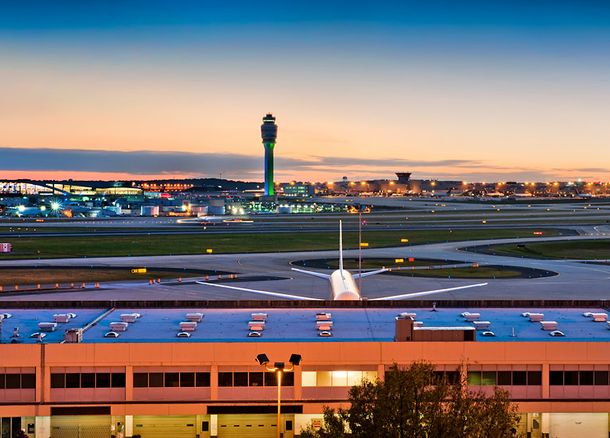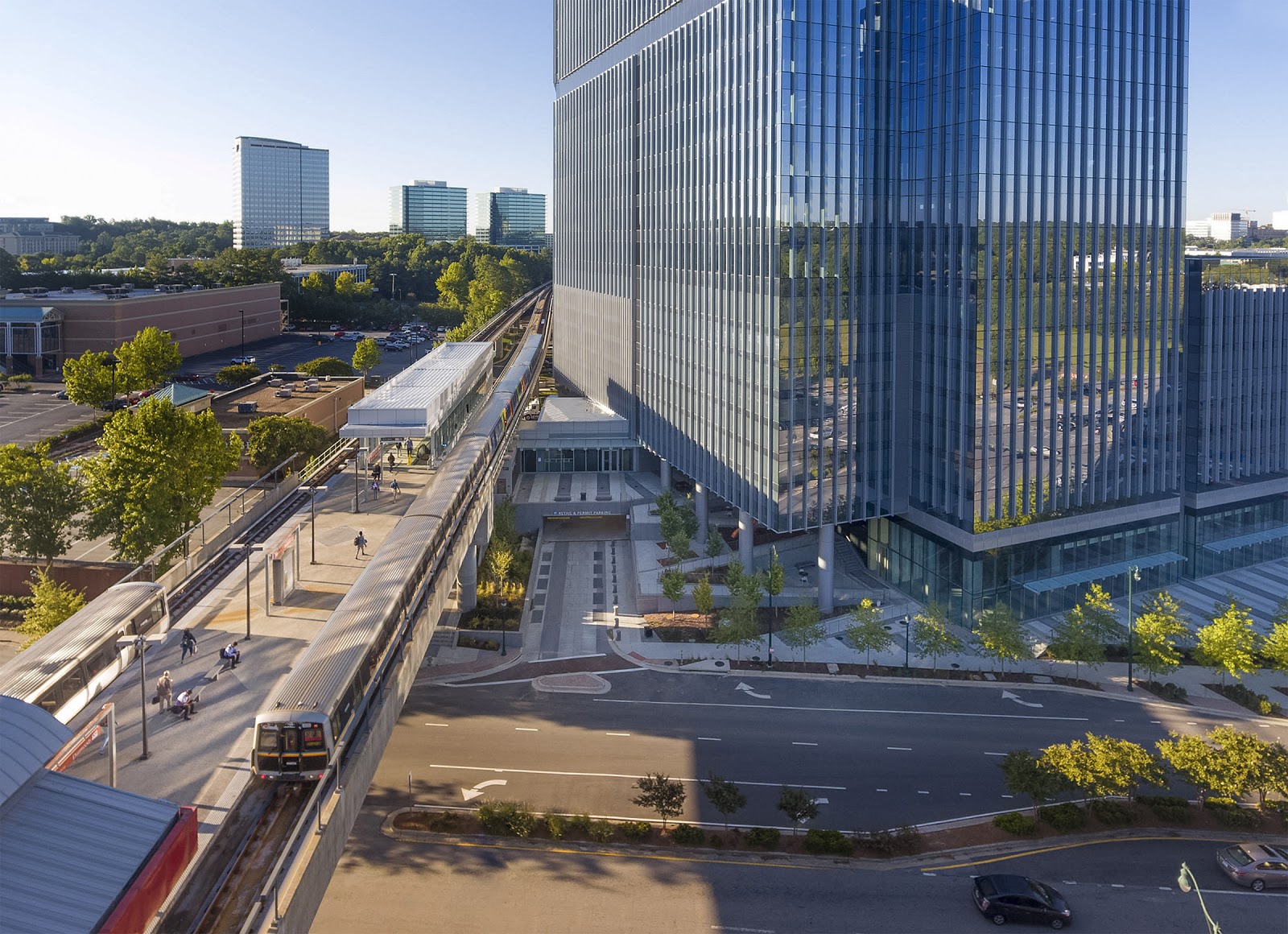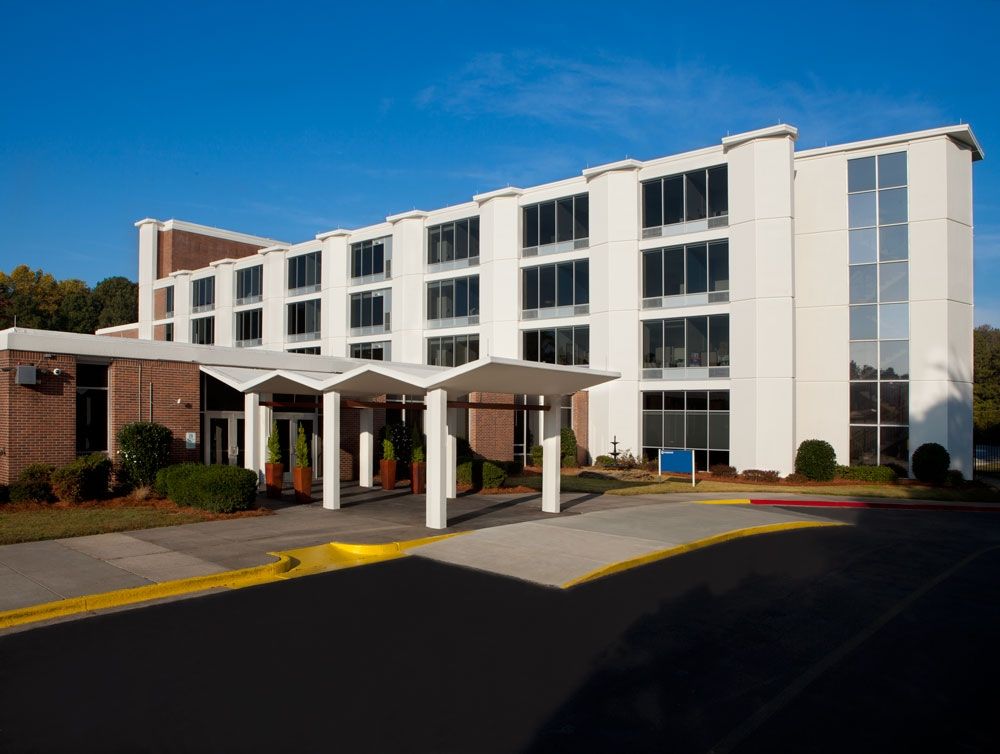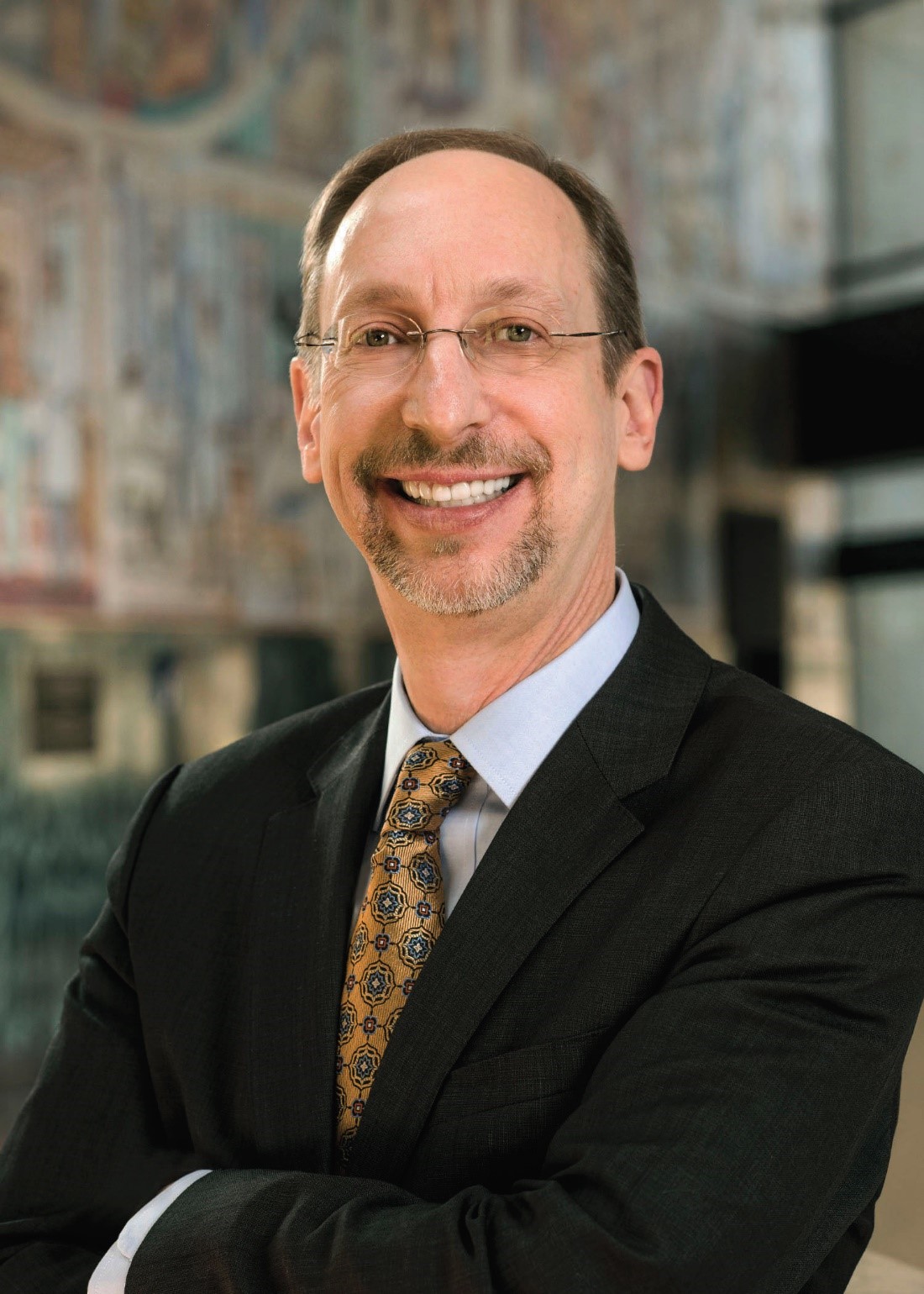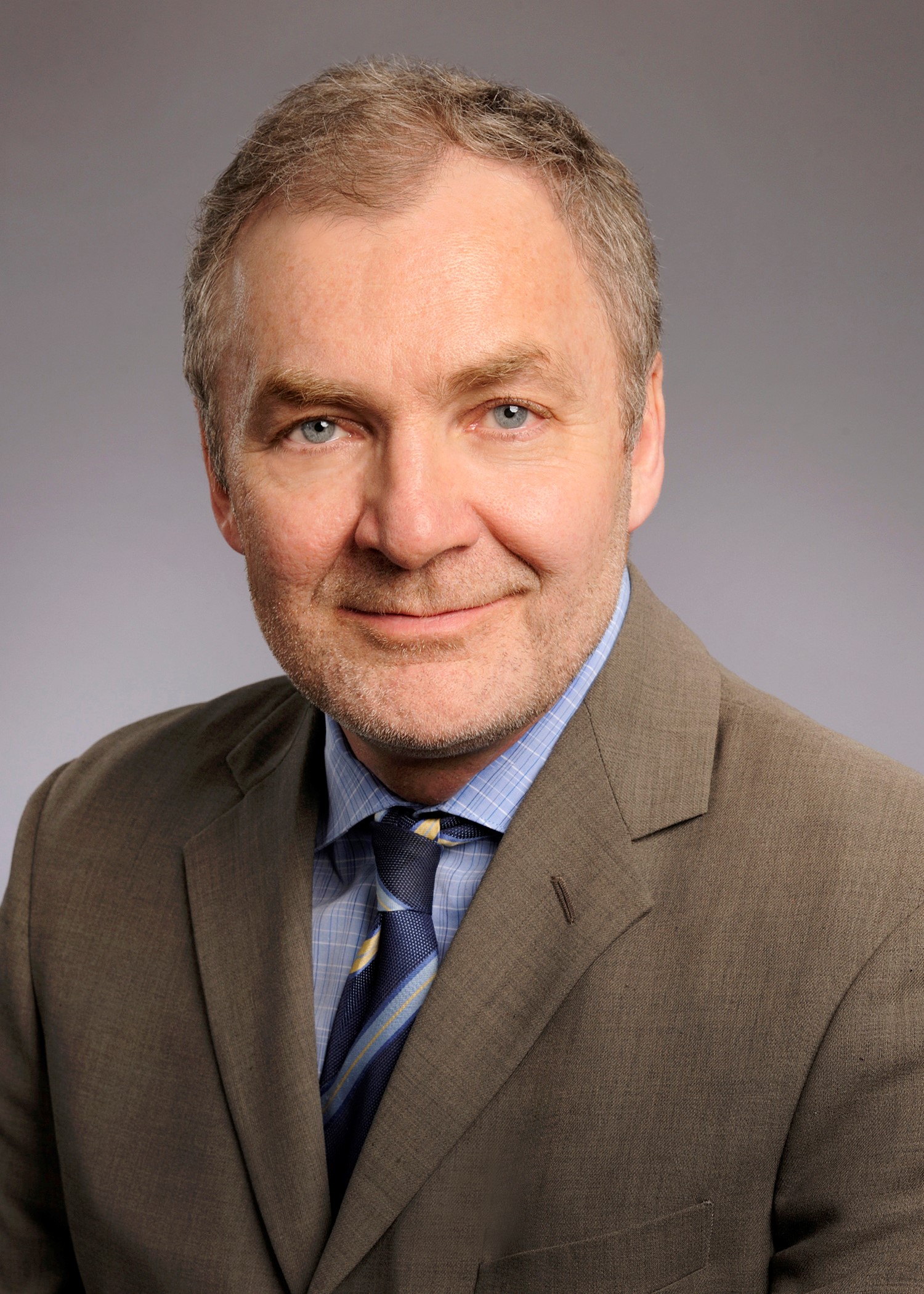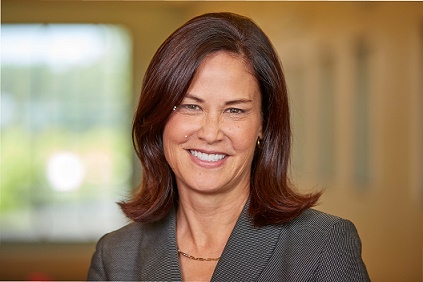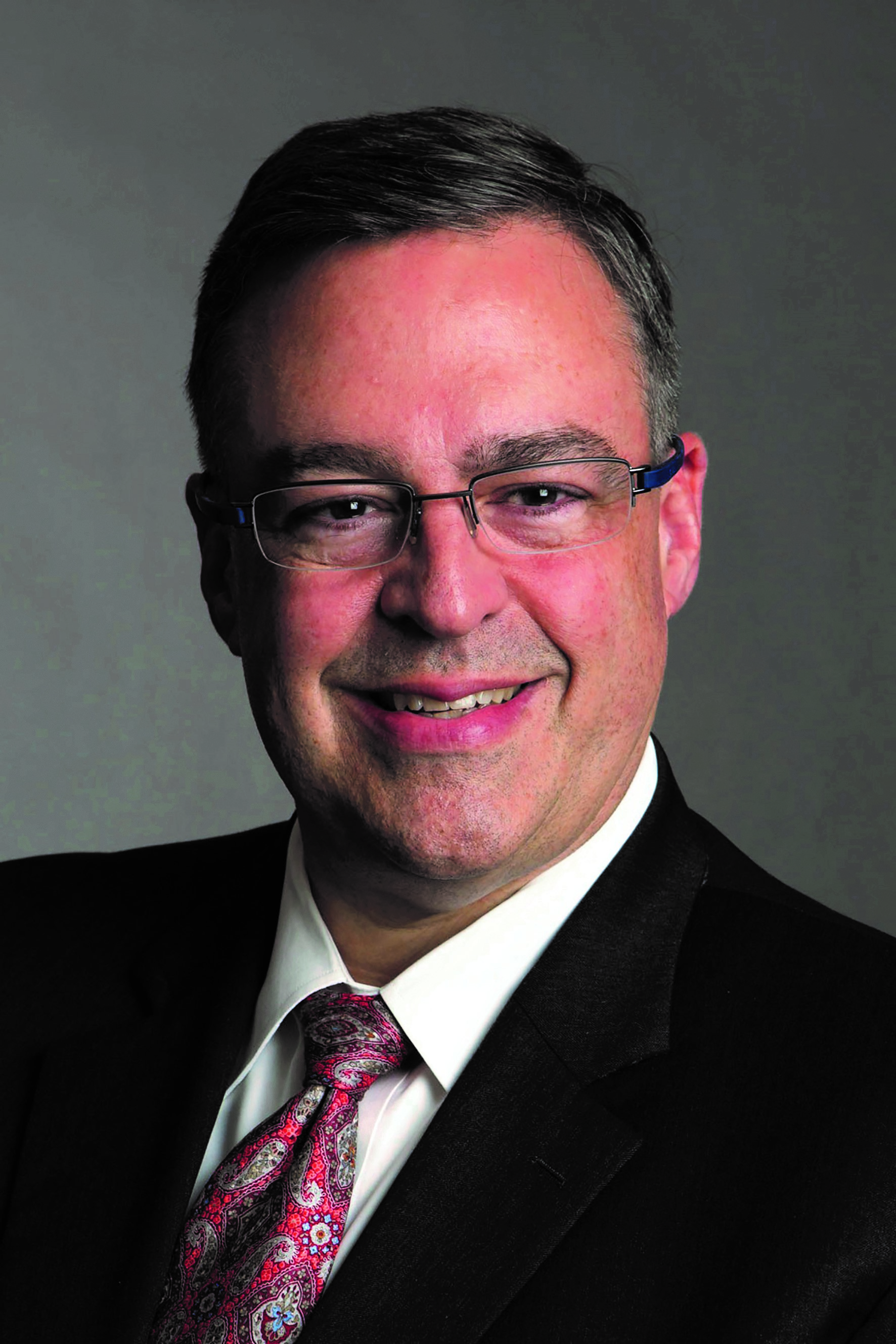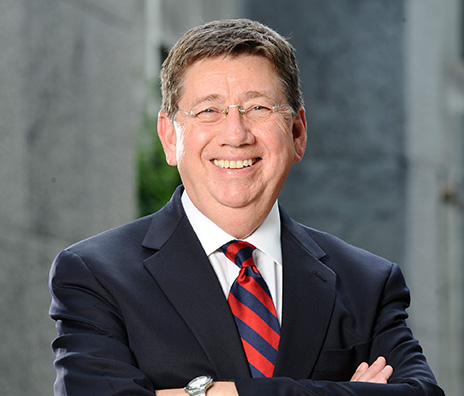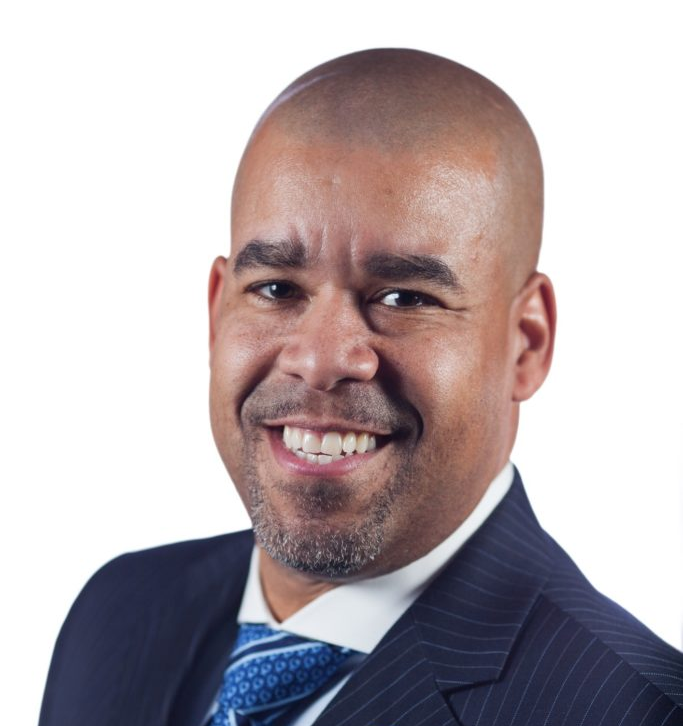
Spotlight On: Matthew Taylor, Chairman & CEO, Duane Morris LLP
By Yolanda Rivas
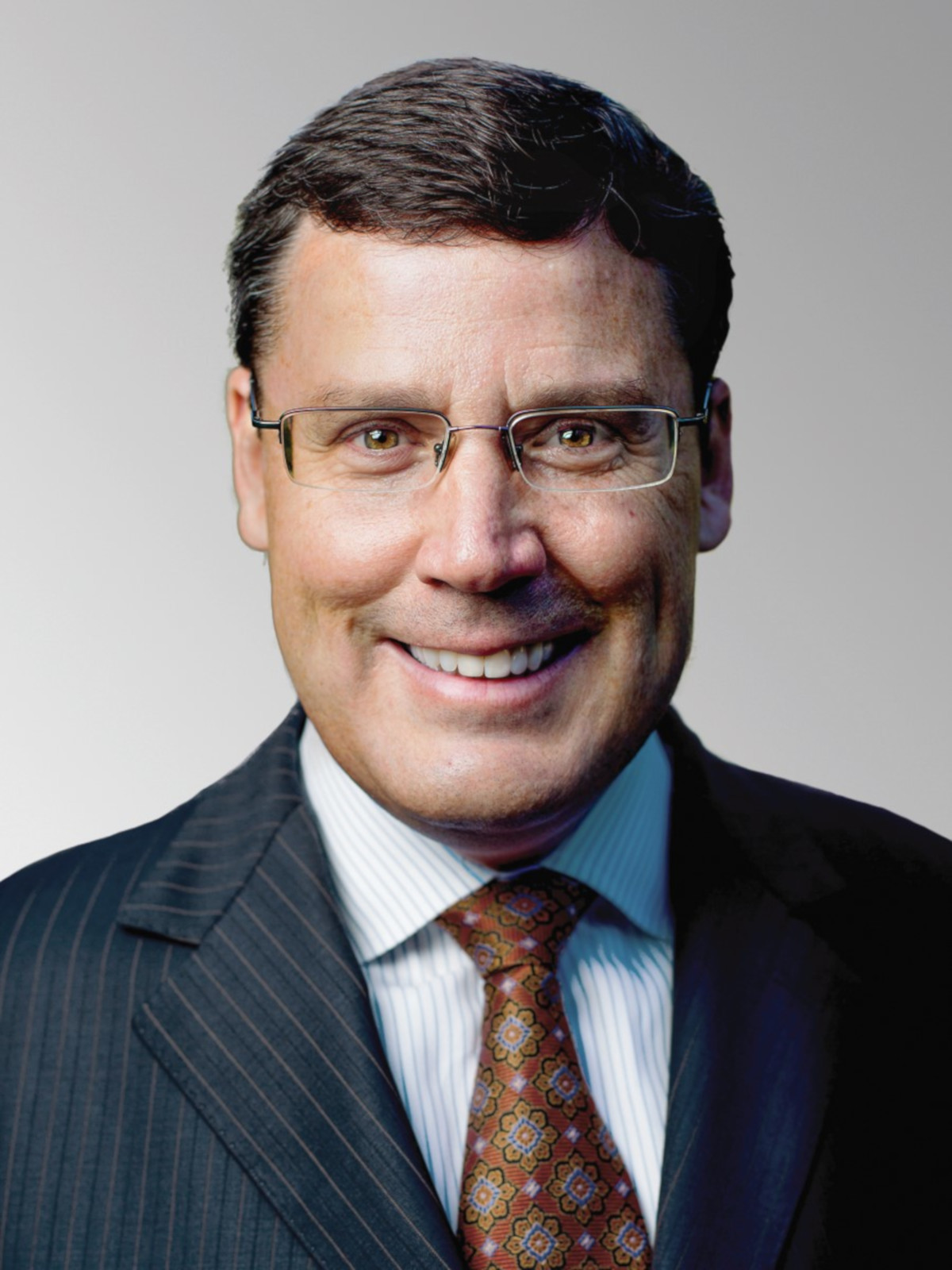
2 min read
OCTOBER 2019 — As the Philadelphia legal market grows and consolidates, Philadelphia-based firm Duane Morris LLP is focused on expanding and strengthening its performance through its strategic plan, launched earlier this year. Chairman and CEO Matthew Taylor spoke recently with the Invest: Philadelphia team about the firm’s growth efforts, most in-demand practices and the future of the legal sector in the region.
What are some recent highlights or significant accomplishments for Duane Morris?
We went through a full year of a strategic planning process, which was intensive. It’s also been galvanizing in terms of realizing how well-aligned our partners are in terms of who we are and what we want to be. We rolled out our strategic plan in the first quarter of 2019, and it has been met with great excitement. The plan is focused on what we want in terms of growth, higher performance and how we are going to accomplish those goals. We were also able to strengthen the firm by growing in key regions, such as Texas, New York, Philadelphia and on the West Coast with key additions in Northern California.
Where are you seeing the most growth in terms of your practice areas in Philadelphia?
Our trial litigation group, generally, is very busy. Our private equity and emerging company practice is very strong, too. Our employment and labor practice is particularly busy and, along with our intellectual property group, is a preeminent practice for us globally. We’re doing well across all sectors. Things have been a bit flat over the last few years for our bankruptcy and reorg group, but this year there has been an increased amount of activity in that area. We have seen a nice broad base and good performance in all our practice groups so far this year.
As part of our strategic plan, we want to focus on our Top 5 sectors in terms of revenue. About 85% of our revenue is in the following industries: financial institutions, health and life sciences, technology and telecommunications, infrastructure (including construction and energy) and finally retail and consumer products. Those areas are our focus across the firm and in Philadelphia, which is our largest office with over 200 lawyers. Clients are focused on what you know about their industry and how you can help them, instead of where you are located. Philadelphia has done a good job in attracting great industries and keeping great corporations in the area, which benefits our law firm.
What is your outlook for Duane Morris and Philly’s legal sector in 2020?
My outlook for Duane Morris is bullish. We have high expectations for ourselves as a firm. I am just as bullish about Philadelphia. This is a gem of a city, of a region. We have great educational institutions and industries. The infrastructure in this city and its great healthcare, restaurants, sports and cultural sectors are the main drivers of new residents and visitors to the city. Philadelphia is a great place to live and do business.
To learn more about our interviewee, visit:
Duane Morris LLP: https://www.duanemorris.com/



